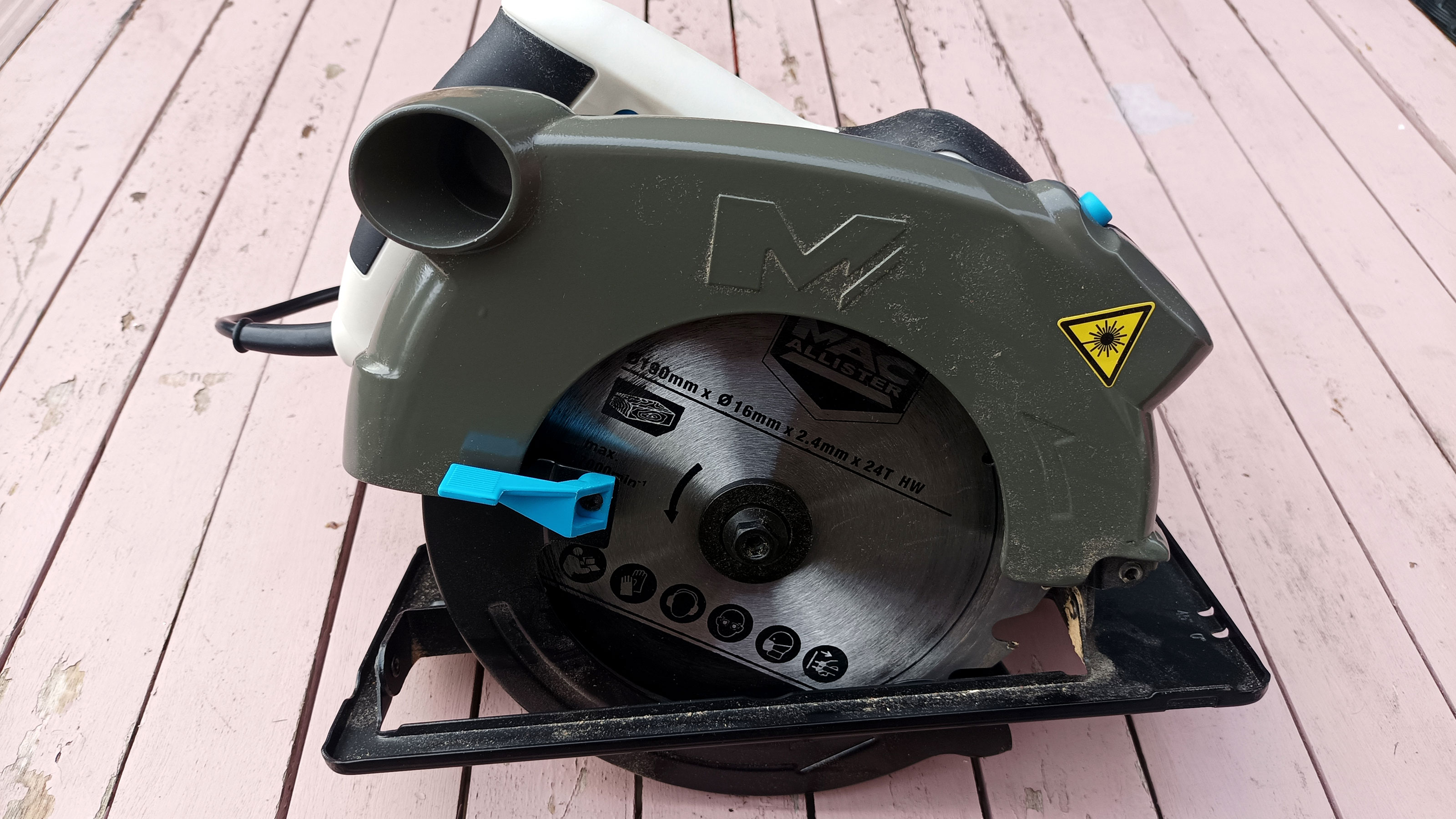Homebuilding Verdict
The Mac Allister corded circular saw is a great low budget option and gives you decent clean cuts with the supplied blade. However, this is a saw that is aimed at occasional or weekend DIYers who want to work on a few home projects throughout the year, not seasoned professionals. It offers great value for money and with a new finer blade you can extend the type of projects you can work on. But it isn't cordless so you'll need an extension lead for a lot of jobs.
Pros
- +
Value for money
- +
Decent clean cuts
- +
Easy to set up
Cons
- -
Corded
- -
No carry/hard case to protect it
You can trust Homebuilding & Renovating.
If you’re a keen DIYer looking to tackle a few home woodworking projects then the Mac Allister 1500W corded circular saw – a budget brand predominately exclusive to B&Q – could be just what you are looking for.
It offers enough power to zip through MDF, softwood and can tackle hardwood and timber worktops. A few basic features help ensure that you can get neat straight lines without too much trouble.
Does this sound like a circular saw that fits the bill for your needs? Then check out how I tested the Mac Allister and see why we think it was one of the best circular saws on the market for the money.
How well is the Mac Allister 1500W corded circular saw packaged and is it recyclable?
Name: Mac Allister 1500W corded circular saw
Model no: MSCS1500
Motor type: Brushed
Cable length: 2.5m
Blade diameter: 190mm
Disc bore size: 16mm
No load speed: 5000 rpm
Maximum bevel left: 0 degrees
Maximum bevel right: 45 degrees
Cutting capacity (45 degrees): 47mm
Cutting capacity (90 degrees): 66mm
Dimensions: 360mm x 260mm x 180m (HLW)
Weight: 4kg
Budget power tools rarely have the fancier packaging that adorn more expensive models; it’s kept straightforward and informative and this is very much what you’ll find with the Mac Allister 1500W 240V 190mm corded circular saw. Simple blue recyclable packaging reveals the essential specs, while the saw and accessories all come wrapped in recyclable plastic.
So what’s in the box? It's a pretty basic selection with a parallel guide (for keeping straight edges), an Allen key for attaching the blade, a single saw blade and the obligatory instruction manual all accompanying the saw.
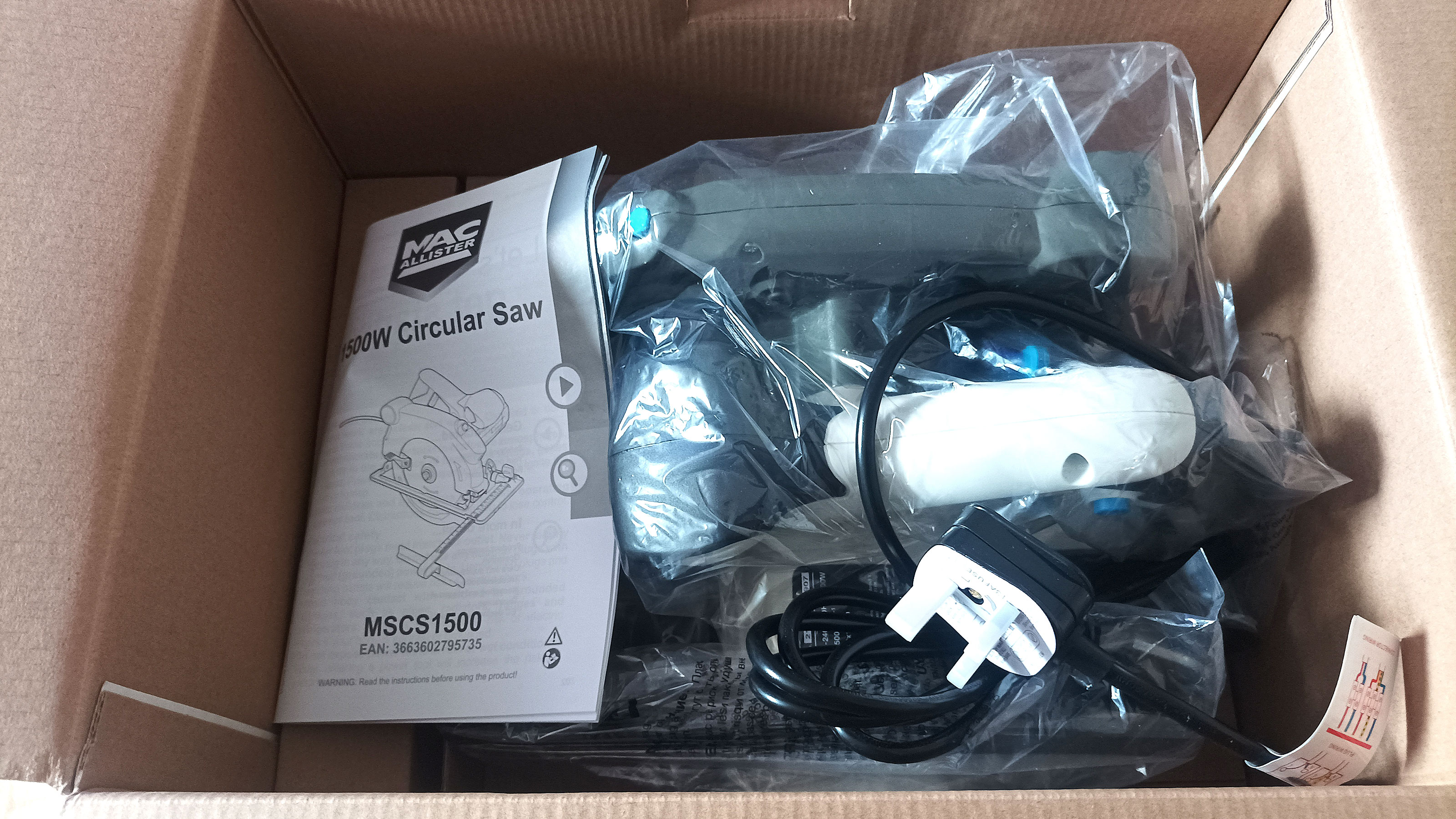
Our first impressions of the MacAllister 1500W circular saw
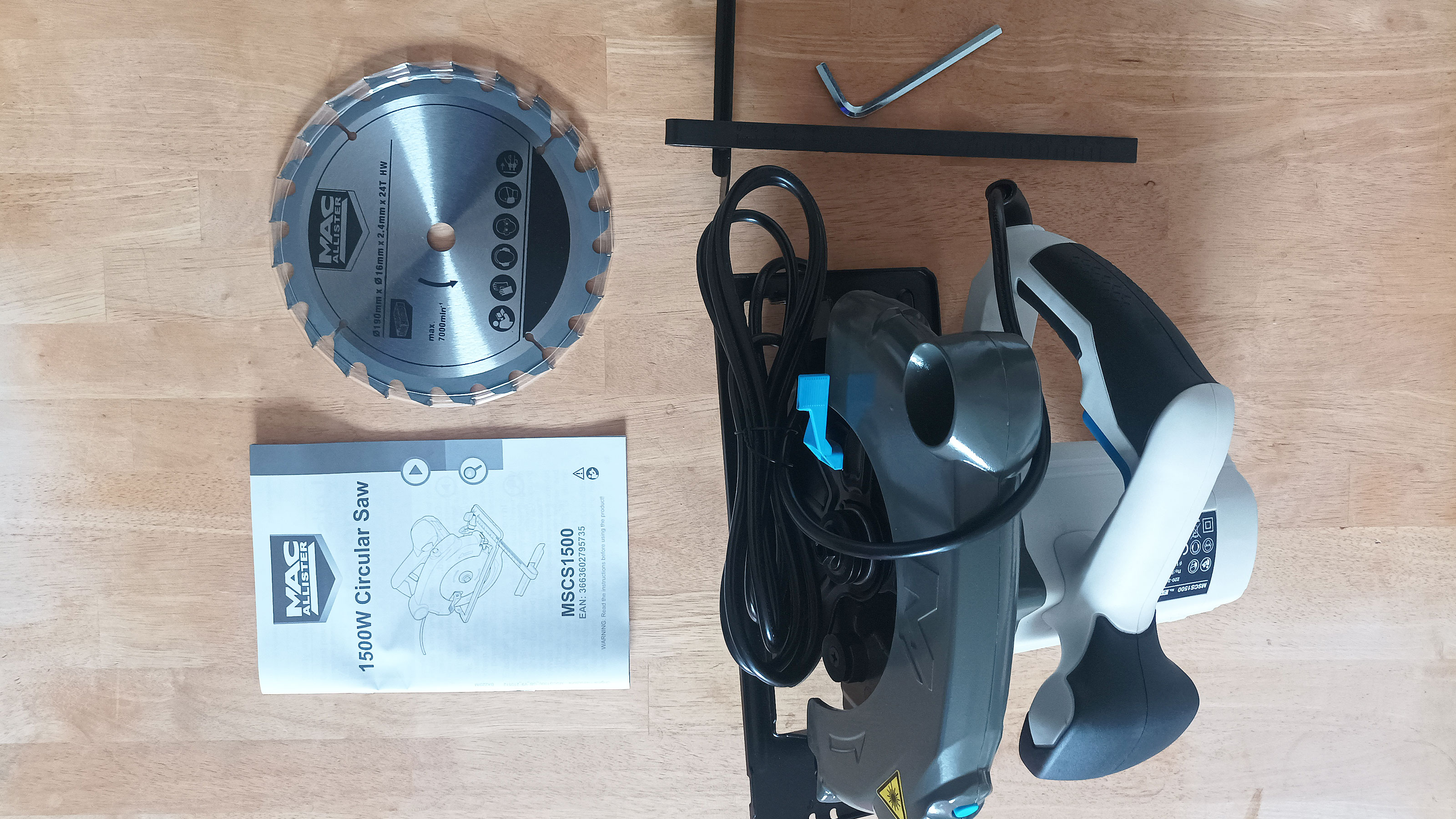
Mac Allister 1500W circular corded saw
Parallel guide
Allen key
190mm x 16mm x 2.4mm x 24T blade
Instruction manual
The saw itself comes equipped with a 1500W brushed motor, which is typical of budget power tools. These are perfectly capable of doing the job they are meant to, but they are not as energy efficient or as long lasting as a brushless motor.
The saw itself is robust and looks well put together and weighs in at a sturdy 4kg, which is about standard for similar models. You’ll need a bit of muscle to pick it up but once in action you won’t really notice the weight. The quality of the components are in general what you would expect from a model at this price point. For example, the body, grip, guard and even the balance all looked and felt good.
But while they did their job, I felt that the fixation knobs that kept the parallel guide and the bevel adjustment in place were a little lightweight and needed to be carefully looked after if you wanted to give them a longer life. But once called into action they held both in place ready for DIY tasks we decided to take on for testing (more of this later).
What blade does the Mac Allister 1500W circular saw come with?
Every circular saw needs a blade and the Mac Allister comes with a 190mm blade with 24T (teeth). This is more of a workhorse blade that is great for general use and will be perfectly adequate for most home DIY projects.
However, if you are looking for a finer finish from your circular saw you will need to look for a blade with more teeth. You can buy an 80T blade for around £15-£20 and this will give smooth, clean edges that are good if you have exposed edges — like shelves.
If you do look for a new blade, remember that this model has a 16mm bore size (the hole in the middle of the blade). It's worth noting that blades with a bigger bore, ie 30mm, offer reduction rings to make them fit a 16mm bore.
The blade supplied with the product isn’t fitted, so you will need to fit the blade yourself. Make sure that you take a read of the instruction manual to do it the right way. However, it was pretty simple to do with the included Allen key. All you need to do is press the spindle lock right down and a single twist with the Allen key will loosen the locking bolt. Push back the guard and the blade slips on easily. Just make sure to tighten the locking bolt securely.
The Mac Allister is corded. How did this and other features work?
Cheaper circular saws are typically corded and the Mac Allister is no different. While it keeps the price down it isn’t as convenient as a cordless circular saw. Admittedly, you won't need to worry about your battery level, but you will be restricted by the 2.5m lead. You’ll always need to be within striking distance of an electrical outlet to power the saw.
I tested the Mac Allister corded circular saw predominantly outside and the lead wasn’t long enough for my needs but it isn’t a big issue. I invested in a cable reel so we had the flexibility to use the saw almost anywhere.
Using the Mac Allister corded circular saw outside also gave us an opportunity to test the laser that comes integrated into the handle. It's really simple to operate, a red laser line projects itself onto to zero degree mark, but in general daylight it's hard to see, but it's ideal indoors.
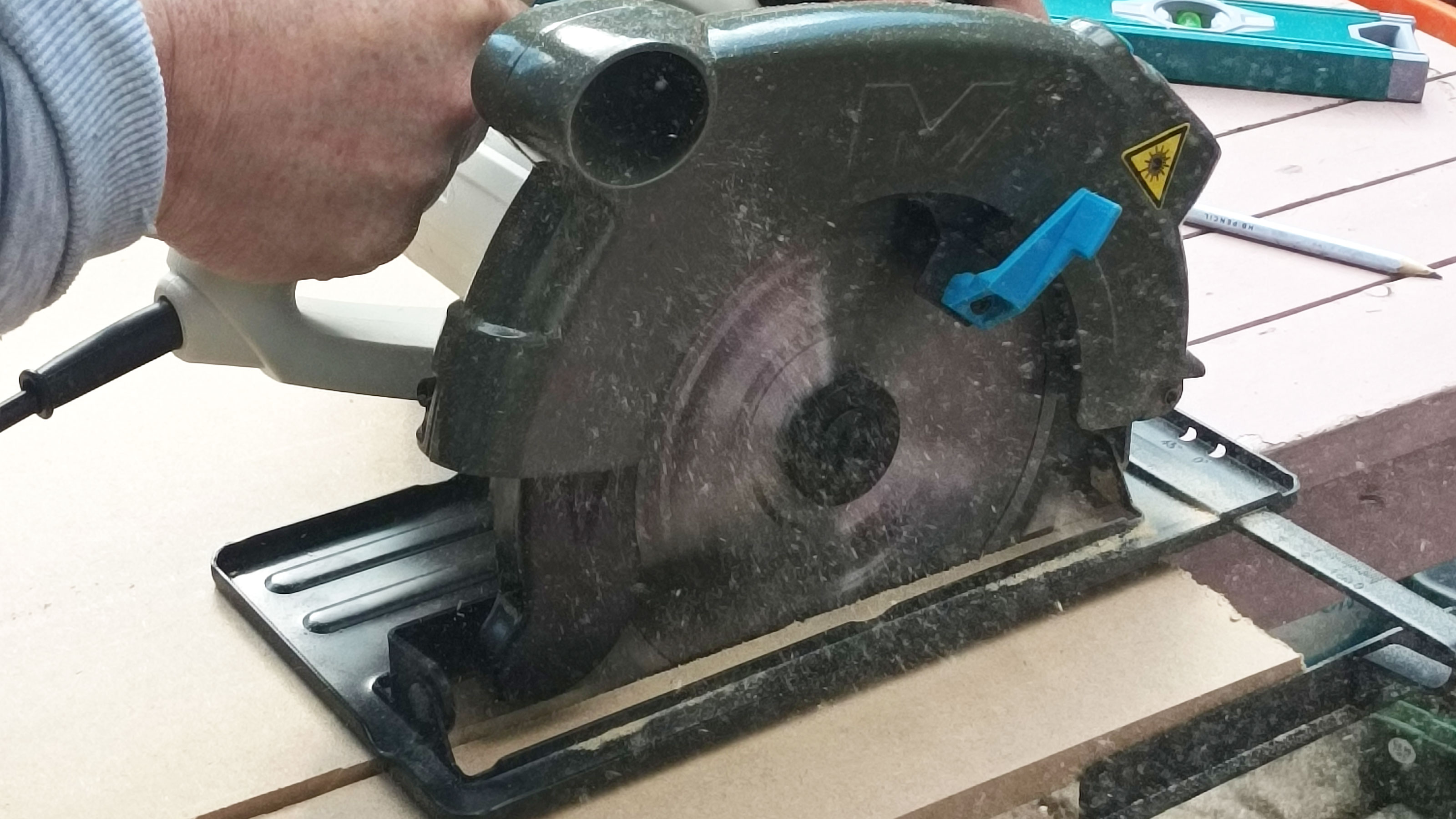
How well does the MacAllister 1500W corded circular saw cut?
To test a circular saw you need to put it into action and we embarked on a few standard DIY tasks that the Mac Allister could be typically used for. We cut straight on 9mm MDF, used the bevel adjustment to get 45 degrees on skirting boards, cut fence posts to test depth of cut, trimmed worktop ends for accuracy, cut up branches in the garden and cross cut patio planks.
In general the saw and blade worked well to create clean cuts, and it didn’t struggle to get through any of the wood we tested it on. It’s noisy but not much noisier than any other circular saws we’ve used.
Where it does let itself down a little is on accuracy. Straight lines were good using the parallel guide but not perfect. However, the measurements on the guide matched up pretty well with the measurements we marked out to test it. However, you can’t go beyond around 13cm. You can however go freehand on shorter cuts like crosscuts and get a good straight line.
The guide itself is not much good for thinner woods but is OK for thicker woods — 12mm and above. It has a max depth of around 66mm so can deal with pretty much everything you’ll need it for. The 45 degree cuts were decent, but not really crisp, but good enough for skirting.
But don’t get us wrong, this is still a great saw for general DIY – and better with a different blade – especially for the price.
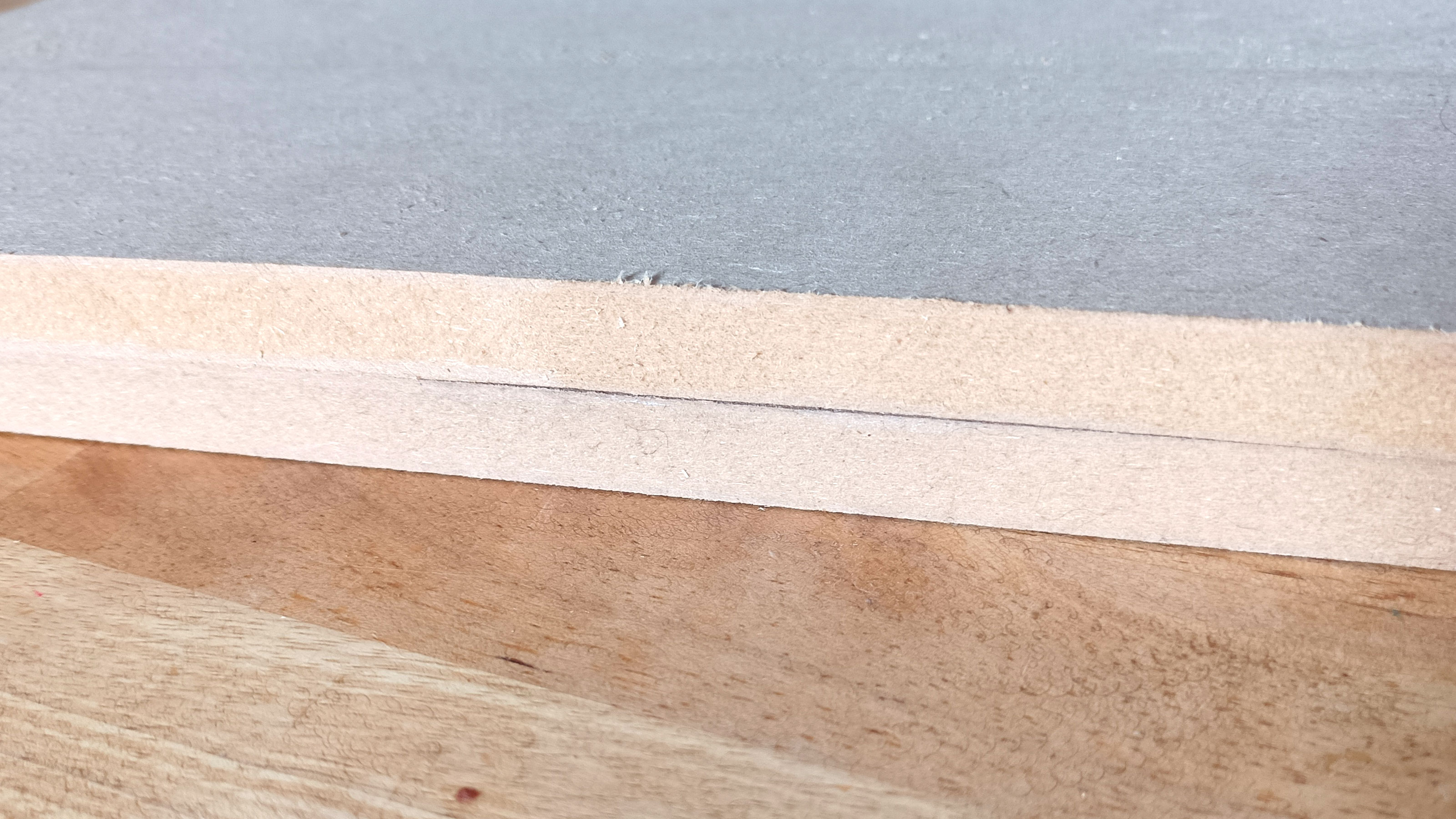
How easy is to store and maintain the MacAllister 1500W corded circular saw?
When you’ve finished using the Mac Allister 1500W corded circular saw you need to think about cleaning and storage. In reality it doesn't get that dirty. If you have a good fitting dust extraction device, most of the sawdust will be directed away from the saw.
Even without a dust extraction connector the saw dust is still blown away from the saw — and typically onto the user. So while you might need a good brush down, the saw is clean and ready to store with a simple wipe using a dry or damp cloth.
This model doesn’t come with a case, all you have is the box it was supplied with. This is perfectly adequate for general storage, but it's not going to last too long. If you want proper protection for the saw you need to purchase a hard case.
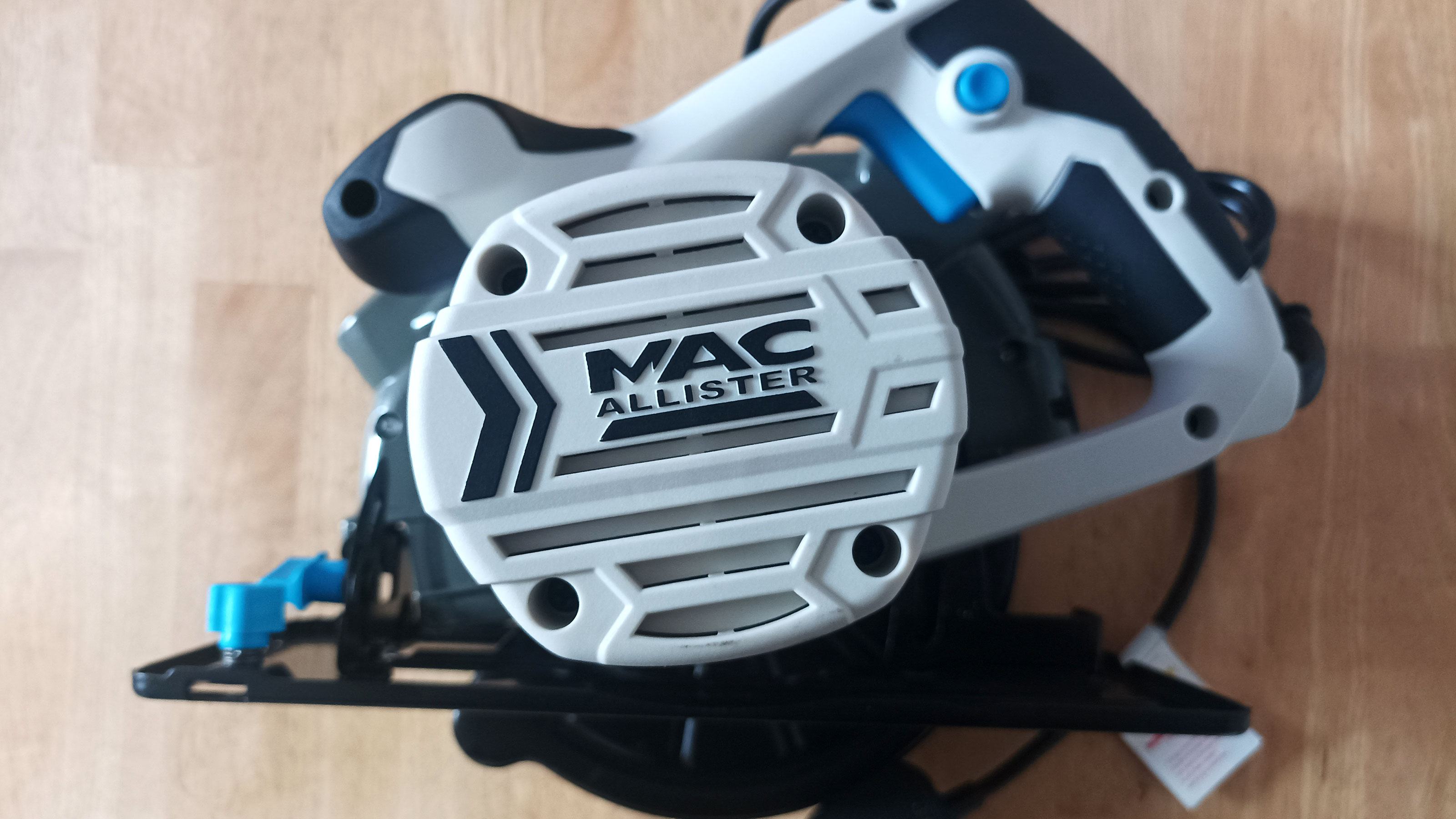
Steve Jenkins is a freelance content creator with over two decades of experience working in digital and print and was previously the DIY content editor for Homebuilding & Renovating.
He is a keen DIYer with over 20 years of experience in transforming and renovating the many homes he has lived in. He specialises in painting and decorating, but has a wide range of skills gleaned from working in the building trade for around 10 years and spending time at night school learning how to plaster and plumb.
He has fitted kitchens, tiled bathrooms and kitchens, laid many floors, built partition walls, plastered walls, plumbed in bathrooms, worked on loft conversions and much more. And when he's not sure how to tackle a DIY project he has a wide network of friends – including plumbers, gas engineers, tilers, carpenters, painters and decorators, electricians and builders – in the trade to call upon.
